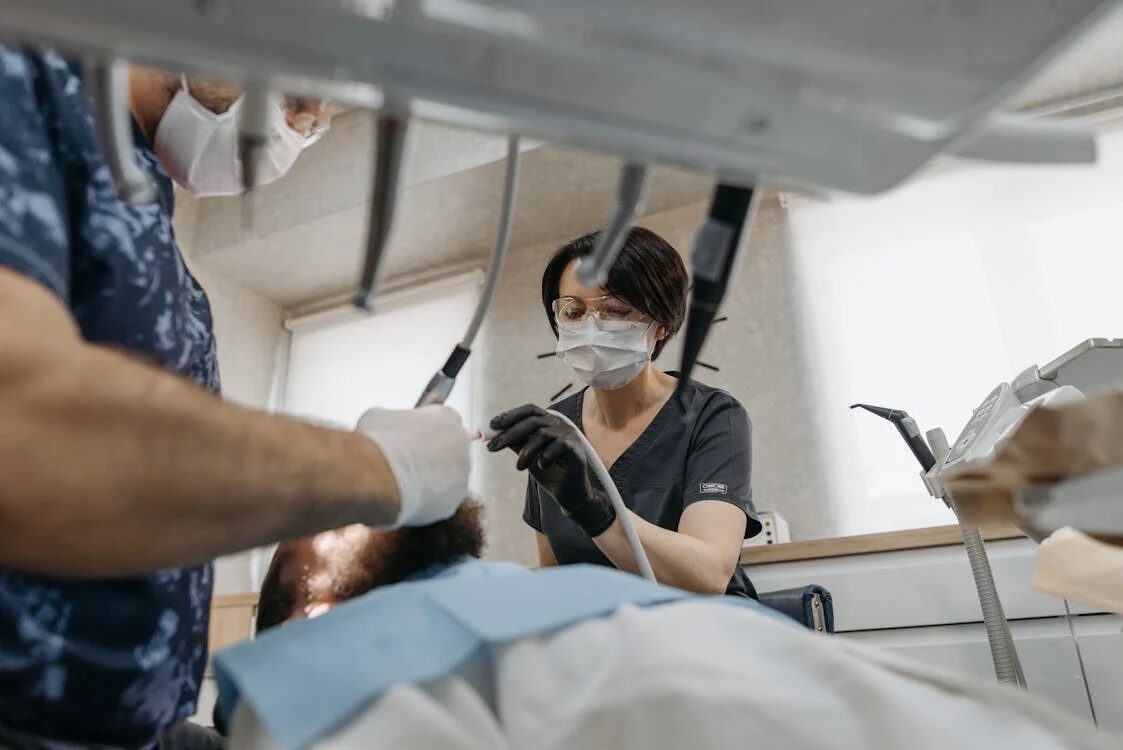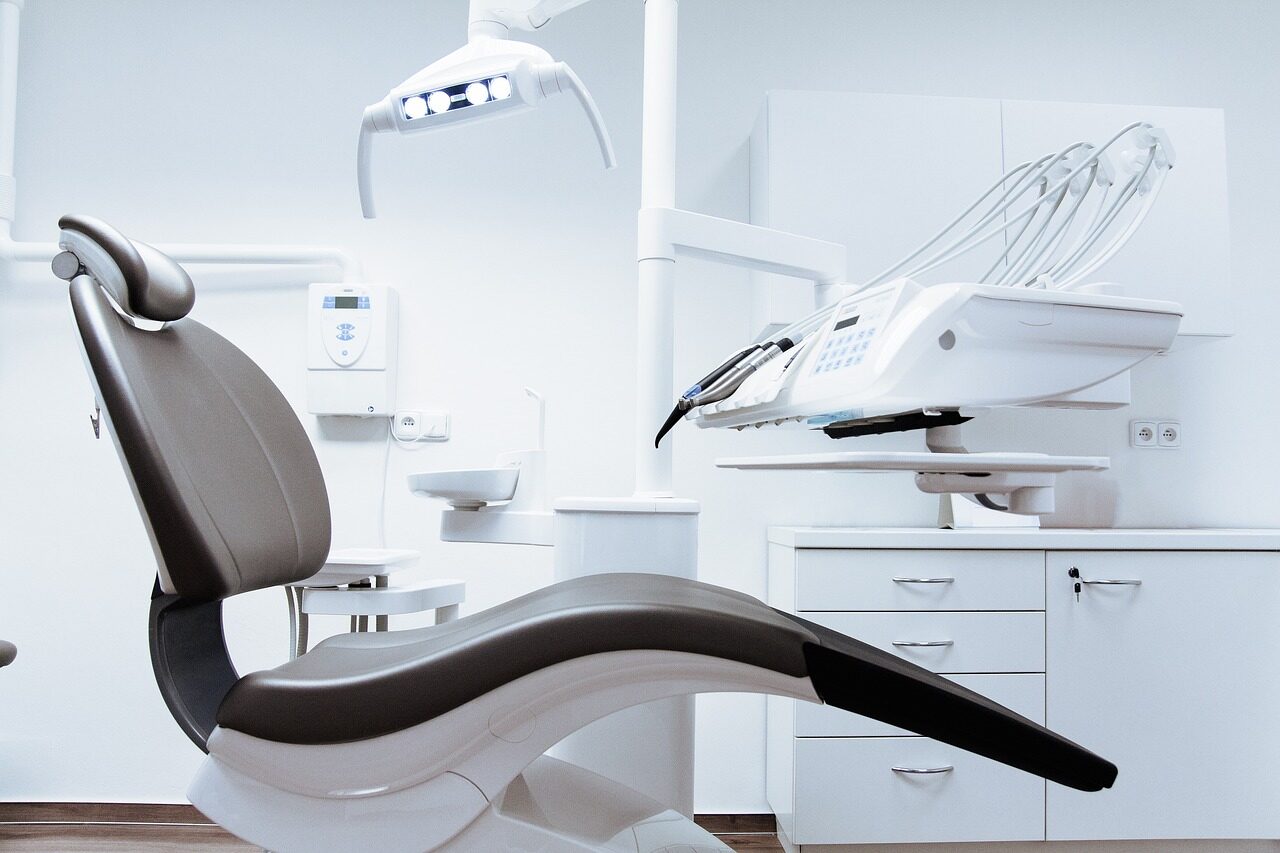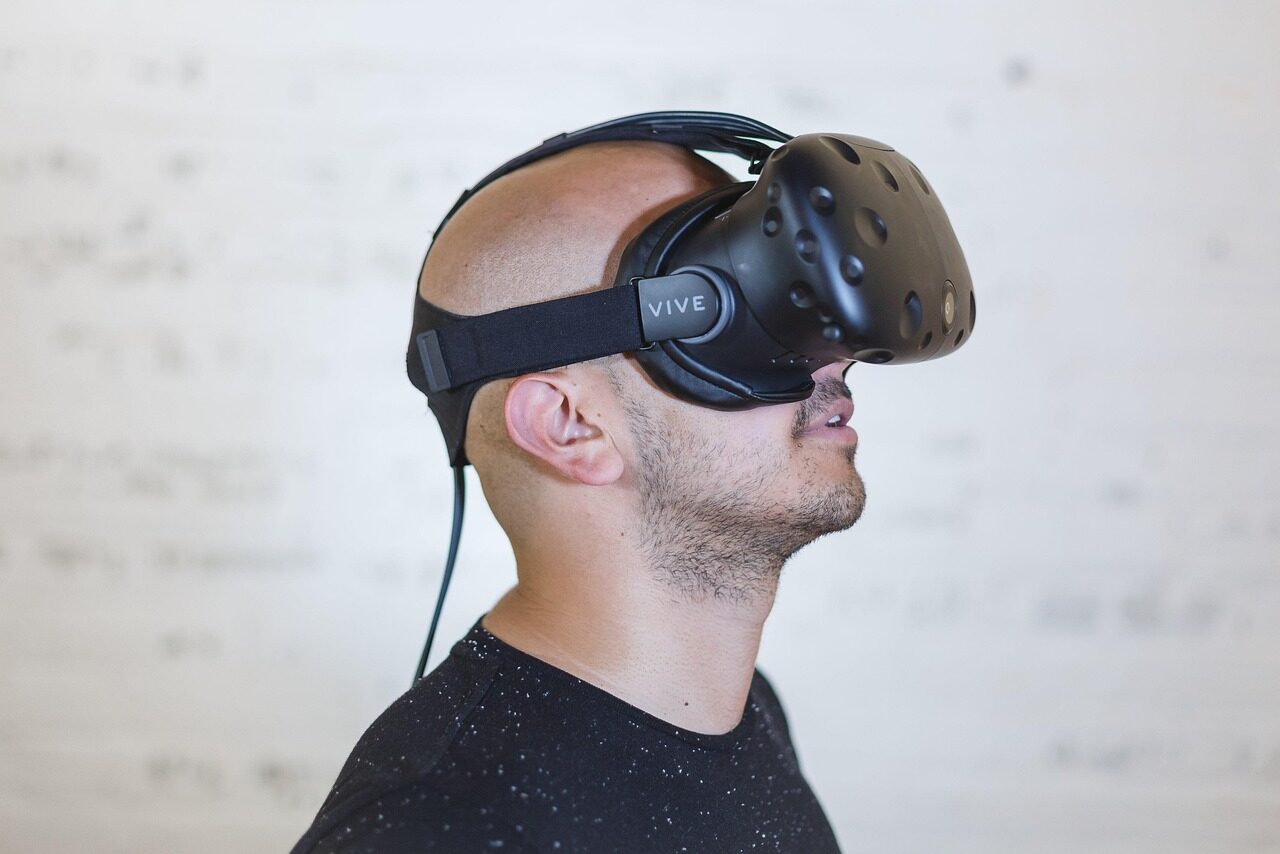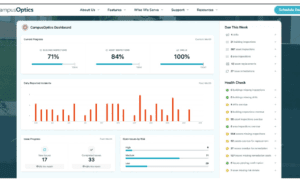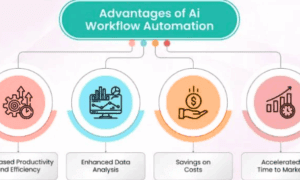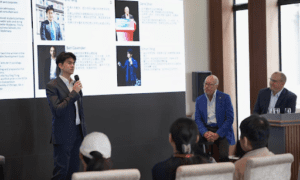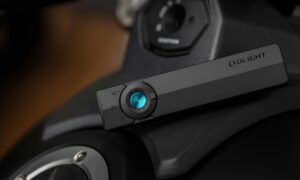Virtual reality has been a standout technology in the medical industry since the turn of the decade. From its use as a gamified training tool for health professionals to a therapeutic tool for patients — VR has been a potent addition to the industry. For instance, VR headsets have helped in surgery education, which allows surgeons to sharpen their skills, and in the treatment of children with autism-related phobias.
However, VR’s impact on patient pain reduction and anxiety management is what has made it even more attractive to health facilities in recent years. One such fascinating VR transformation has been in sedation dentistry. Today, patients can not only confront dental anxiety but also relieve pain during procedures. This piece highlights how VR reduces anxiety, its emerging role in safe sedation training for dental specialties, and its future in sedation dentistry.
How Virtual Reality Reduces Anxiety: 3 Examples
Many people find a visit to the dentist’s chair overwhelming. VR has come in to transform this feeling. Here are 3 examples of how VR reduces anxiety during dental procedures:
1) VR for Cognitive Distraction
From the fear of injections, nausea, and numbness to the fear of losing control while in the dentist’s chair, the factors associated with dental setting have one thing in common. Research shows they can all be reduced through a patient’s cognitive-behavioral intervention. This is where VR comes into play.
When used during sedation procedures, VR redirects a patient’s attention from the dentist’s clinical setting to a computer-generated world. The patient is distracted by an immersive adventure seen through the VR headsets. The simulated adventure could be skating through snowy landscapes or swimming through a crystal-clear coral reef teeming with colorful fish.
VR causes cognitive distraction by evoking physiological excitation, similar to what is caused by dental anxiety. This way, the patient concentrates on what is on the VR rather than the negative expectations of the treatment procedure.
2) Real-Time Emotional Monitoring
Wearable sensor systems have been found to aid in real-time stress monitoring. Researchers have gone a step further by incorporating these sensor systems in VR, allowing them to monitor patients’ emotional responses in real time during medical procedures. These sensors measure physiological signals such as pulse rate, body temperature, sweat secretion, or skin conductance.
This continuous monitoring allows the dentist to assess patients’ emotional stress and response to sedation. This former is related to the patient’s ventilation and oxygenation — two physiological processes that ensure the patient has enough oxygen in their blood. Monitoring it is vital for optimal patient care and safety.
VR sensors can be used to observe skin or auditory cues, such as sonorous breath sounds, which are directly related to a patient’s ventilation. Other physiological signals (electrocardiographic signals (ECG) and skin electrical signals (EDA)) have been used to identify emotional inputs in VR systems.
3) Pre-Procedure Familiarization
For some people, dental anxiety comes from a negative past experience, such as a painful tooth extraction or the sight of sharp drills in the dentist’s chair. Research shows that this anxiety can be reduced by exposing the patient to a simulated 3D environment, similar to the setup of the dentist’s office.
VR can create this environment and immerse the patient in the setup before the procedure begins. This VR experience becomes part of the patient’s retention and recall memory, which can be critical in overwriting past negative experiences. Besides, a dentist can use VR 3D models showcasing teeth and oral cavities and explain the dental procedure. The patient can then watch a simulated procedure, making them feel more prepared and less anxious.
Benefits and Drawbacks of VR in Dental Practice
VR’s non-medicinal approach has revolutionized dentistry, turning what were once anxious visits to the dentist’s office into a more positive experience.
Advantages
- Promote patient autonomy. VR offers patients a virtual environment of their choice that takes them away from all their emotions attached to the dentist’s chair. Therefore, instead of staring at the office’s white walls and listening to the whirl of drills, the patient chooses their ideal soothing atmosphere. VR technology has also been paired with traditional therapies, allowing patients to focus on relaxation techniques while immersed in their ideal simulated environment.
- Provides post-procedure comfort. VR’s immersive experience can help patients stay distracted from the pain and discomfort that come after dental procedures. Several experiments have shown that VR’s ability to divert a patient’s attention can reduce pain perception by 35-50%. With less pain, patients are less anxious.
- Acclimatization tool in pre-procedure preparation. VR can preoperatively prepare patients for the interventions that will occur during the dental procedure. This could be in the form of a dental app or imagery showcasing their own body or a dentist performing the procedure. This familiarization has been found to reduce anxiety.
- Allow dentists to use less sedation. Research shows that VR as an adjuvant intervention is more effective than morphine alone. Therefore, dental patients immersed in VR will experience a significant reduction in pain even with little use of nitrous oxide. This lowers sedation expenses while reducing the amount of drugs administered to the patient’s system.
Disadvantages
- Equipment and maintenance cost. Virtual reality equipment, such as headsets and software that runs the simulated environment, can be quite expensive. Besides, maintaining the technology, which requires constant updates, is also costly.
- Discomfort or motion sickness. Reports indicate that some patients experience cybersickness due to VR use. The discomfort may be nausea, headaches, or even eye strain. This could result from the technology conflicting with the patient’s sensory system. The symptoms can make patients reluctant to use VR, adding to their existing anxiety.
- Might not meet sterility standards. Since VR devices are placed on the patient’s head and used by different people, they must meet dental practice sterility standards. This may be difficult since headsets are porous and have spongy cushions that can easily catch biological matter from the dental procedure.
The Future of Virtual Reality in Dentistry Sedation
Virtual reality has offered numerous benefits in dental practices. Even better, with the recent development of AI, VR technology will help dentists prepare better for surgeries and provide patients with even more realistic and immersive simulations, reducing their anxiety and pain.
Besides, we are likely to see VR technology that collects physiological data during dental procedures and uses it to adapt to the patient’s simulation environment. This will go a long way to increasing a patient-centered approach to dental treatments.

